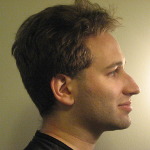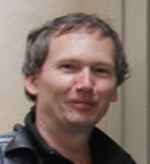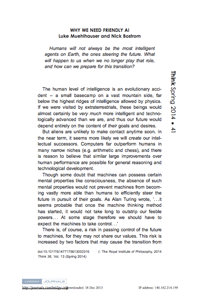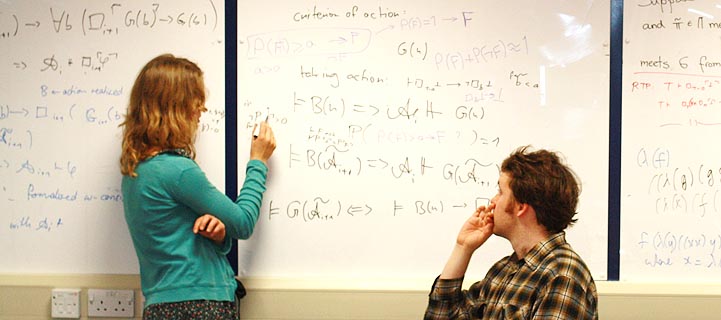 斯科特·亚伦森(Scott Aaronson)is an Associate Professor of Electrical Engineering and Computer Science at MIT. Before that, he did a PhD in computer science at UC Berkeley, as well as postdocs at the Institute for Advanced Study, Princeton, and the University of Waterloo. His research focuses on the capabilities and limits of quantum computers, and more generally on the connections between computational complexity and physics. Aaronson is known forhis blogas well as for founding the复杂性动物园(an online encyclopedia of complexity classes); he’s also written about quantum computing for Scientific American and the New York Times. His first book,量子计算以来,今年由剑桥大学出版社出版。他获得了Alan T. Waterman奖,PECASE奖和麻省理工学院的少年Bose卓越教学奖。
斯科特·亚伦森(Scott Aaronson)is an Associate Professor of Electrical Engineering and Computer Science at MIT. Before that, he did a PhD in computer science at UC Berkeley, as well as postdocs at the Institute for Advanced Study, Princeton, and the University of Waterloo. His research focuses on the capabilities and limits of quantum computers, and more generally on the connections between computational complexity and physics. Aaronson is known forhis blogas well as for founding the复杂性动物园(an online encyclopedia of complexity classes); he’s also written about quantum computing for Scientific American and the New York Times. His first book,量子计算以来,今年由剑桥大学出版社出版。他获得了Alan T. Waterman奖,PECASE奖和麻省理工学院的少年Bose卓越教学奖。
Luke Muehlhauser: Though you’re best known for your work in theoretical computer science, you’ve also produced some pretty interesting philosophical work, e.g. in量子计算以来, “Why Philosophers Should Care About Computational Complexity,” and “The Ghost in the Quantum Turing Machine。”You also taught a fall 2011 MIT class on哲学和理论计算机科学。
Why are you so interested in philosophy? And what is the social value of philosophy, from your perspective?
斯科特·亚伦森(Scott Aaronson):我总是本能地次大陆所吸引t, most general questions that it seemed possible to ask. You know, like are we living in a computer simulation? if not, could we upload our consciousnesses into one? are there discrete “pixels” of spacetime? why does it seem impossible to change the past? could there be different laws of physics where 2+2 equaled 5? are there objective facts about morality? what does it mean to be rational? is there an explanation for why I’m alive right now, rather than some other time? Whatareexplanations, anyway? In fact, what really perplexes me is when I meet a smart, inquisitive person—let’s say a mathematician or scientist—who claims NOT to be obsessed with these huge issues! I suspect many MIRI readers might feel drawn to such questions the same way I am, in which case there’s no need to belabor the point.
从我的角度来看,构建问题的最佳方法不是:“为什么对哲学感兴趣?”而是:“为什么对其他任何东西感兴趣?”
But I think the latter question has an excellent answer. A crucial thing humans learned, starting around Galileo’s time, is that even if you’re interested in the biggest questions, usually the only way to make progress on them is to pick off smaller subquestions: ideally, subquestions that you can attack using math, empirical observation, or both. For again and again, you find that the subquestions aren’t nearly as small as they originally looked! Much like with zooming in to the Mandelbrot set, each subquestion has its own twists and tendrils that could occupy you for a lifetime, and each one gives you a new perspective on the big questions. And best of all, you can actuallyanswer的一些subquestions,是第一个人to do so: you can permanently move the needle of human knowledge, even if only by a minuscule amount. As I once put it, progress in math and science — think of natural selection, Godel’s and Turing’s theorems, relativity and quantum mechanics — has repeatedly altered the terms of philosophical discussion, as philosophical discussionitselfhas rarely altered them! (Of course, this is completely leaving aside math and science’s “fringe benefit” of enabling our technological civilization, which is not chickenfeed either.)
Read more »





